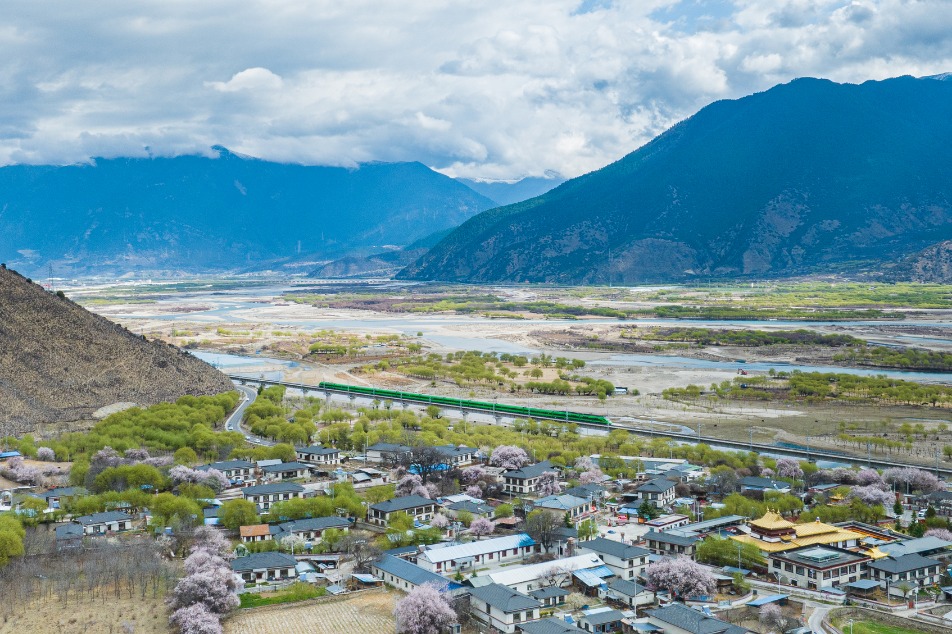National Fire and Rescue minimizing safety risks

Since its establishment in 2018, the National Fire and Rescue Administration has overseen a 35 percent drop in major fire accidents, it said on Tuesday.
In the past five years, the administration, which is tasked with spearheading the nation's primary emergency response, has identified more than 43 million fire hazards and requested their rectification, Chongsai, director of the NFRA, said at a news conference.
The administration has also identified 95 major and regional fire hazards and urged their rectification under the country's supervision system.
Committed to safety first and emphasizing prevention, the NFRA completed more than 9 million emergency rescue missions, rescuing and evacuating more than 2.95 million people in the past five years, it said.
The NFRA has adhered to an orientation of problem-solving, strengthened supervision of fire risks, and succeeded in preventing and resolving major safety accidents, according to the administration.
The standardized assessment and management of traditional high-risk areas like downtown shopping malls and labor-intensive factories have been strictly adhered to.
In addition, remote areas under less scrutiny have been examined for safety, such as old residential blocks and remote villages. Entertainment complexes that might possess hidden risks and dangers have also been assessed, such as indoor ski slopes, escape rooms and jubensha — scripted murder mystery role-playing games.
The NFRA has extended its emergency management to communities to build up firefighting teams at the grassroots level and promote awareness of fire prevention among the public.
Fire safety has been introduced into popular science, and there have been 14,000 township and street fire stations established, staffed with 63,000 workers, according to the administration.
With the help of advanced technology, the NFRA is committed to improving its early warning system to prevent fires and minimize losses caused by fire.
The administration has proposed utilizing the internet of things to assist in monitoring major venues and installing smoke detectors and simple sprinkler systems for dynamic monitoring in small venues.

Today's Top News
- Xi to review troop formations lining up along Chang'an Avenue during V-Day parade
- The great power game behind the Alaska summit
- Tariffs and the new geopolitics of the Amazon
- Xizang's meteoric rise proves true
- Xizang strides toward modernization
- Loans boost development in Global South






























